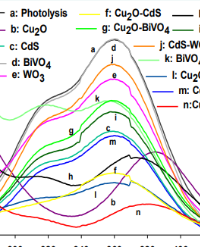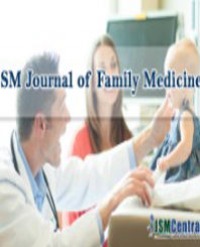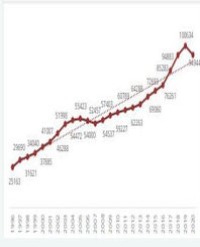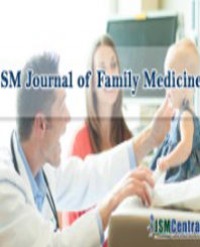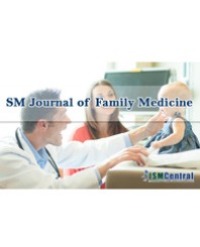
Perceived Barriers to Medication Adherence among African American Patients on Antiretroviral Therapy in Alabama’s Black Belt
In Alabama’s Black Belt, African Americans are disproportionately affected by Acquired Immunodeficiency Syndrome (AIDS). New treatments that slow the progression of human immunodeficiency virus (HIV) infection offer hope for individuals living with HIVIAIDS, but lack of adherence to medications remain significant obstacles to HIV treatment in rural Alabama.
Lack of adherence limits the potential benefit of antiretroviral therapy to improve the health of those living with HIV/ AIDS. As an extension previous research on HIV/AIDS the purpose of the current research is to explore perceived reasons for lack of adherence to medication experienced by HIV-infected African Americans living in Alabama’s Black Belt region of the United States. Qualitative research results showed that Perceived Barriers to Medications Adherence are: lack of health insurance, Financial constraints and Poverty, Lack of Trust in White Medical Health Professionals, Household Food Insecurity and HIV medicine side effects, poor Mental Health, Social Stigma and Alcohol Use, Lack of transportation, Trouble swallowing pills and Substance use, Not Enough Black Medical practitioners in the Black Belt, and Poor Public Goods and Services. Endorsing HIV/AIDS Conspiracy beliefs such as “AIDS is a form of genocide against Blacks” is an important barrier to medication adherence in the sample. It is important that all members of the healthcare team address potential barriers to medication adherence in order to achieve viral suppression and optimize outcomes in patients with HIV.
Andrew Zekeri1* and Cordelia C. Nnedu2

